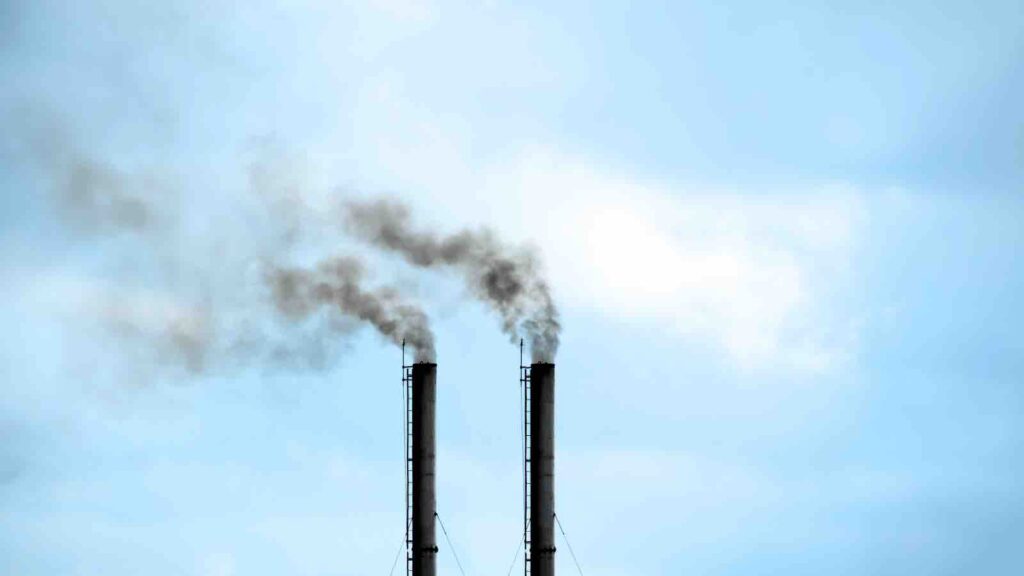Digging into the details, factories were the biggest source of emissions, followed by power plants and vehicles. These three areas will be key to Singapore’s efforts to become more environmentally friendly.
SINGAPORE — Singapore is facing a challenge: despite aiming for a cleaner future, the country’s greenhouse gas emissions have hit a new high. In 2021, emissions rose to 53.7 million tonnes. That’s 9 percent higher than in 2020 and the highest ever recorded.
Most sectors of Singapore’s economy contributed to this rise as businesses started to recover after the pandemic. There was one piece of good news: emissions from treating wastewater actually went down a little.
RELEVANT SUSTAINABLE GOALS


Charting a Path to a Greener Singapore: A Call to Action for Every Citizen
The National Climate Change Secretariat (NCCS) provides a clear visual of the challenge at hand: a pie chart lays out the nation’s emissions profile, highlighting the potential for change. The chart is more than a tool for understanding; it’s a call to action. It illustrates that both businesses and households have the power to shift the needle on Singapore’s carbon footprint. Simple yet impactful actions like adopting energy-efficient appliances, optimizing travel, and being conscious of our energy use — like switching off lights and air conditioners when they’re not needed — can significantly reduce both direct and indirect emissions.
Singapore has a goal to make a big change by 2050 — to bring its net emissions down to zero. This means balancing out any emissions by removing an equivalent amount from the atmosphere. Before that happens, emissions are expected to go up a bit more and then start decreasing.
There’s no fixed date for when emissions will start to go down, but officials expect it will happen sometime between 2025 and 2028. Making big changes in how industries operate and how people live their lives will be necessary to meet these goals.
Melissa Low, an expert from the National University of Singapore, notes that the way emissions are spread out across different parts of the economy hasn’t changed much. But, she points out that the increase in deliveries from online shopping could be behind a rise in transport emissions.
Singapore is using more solar power, which is a step in the right direction. The country is already halfway to its 2030 goal for solar energy. But there’s a concern about hydrofluorocarbons (HFCs), which are used in air conditioners and fridges. Even though they make up a small part of emissions, they have a big impact on global warming. With Singapore’s hot weather, people use a lot of air conditioning, and if this isn’t managed well, it could push emissions up faster than planned.
Since 1994, when Singapore started keeping track of its emissions, they’ve doubled — showing how urgent the situation is. While the government has plans to cut down emissions by using cleaner energy and new technology, these haven’t started to make a difference yet.
The recent increase in emissions might be partly because of the temporary slowdown during the pandemic. But the real test will be how quickly Singapore can reduce emissions after they reach their highest point.
Singapore’s situation shows the challenge many countries face: how to grow and keep people’s lives comfortable without harming the planet. It’s a big task that will take effort from everyone — government, businesses, and citizens — to achieve a greener, cleaner future.
Lead image courtesy of Toa55 from akaratwimages
You may also be interested in :
Weathering The Storm : Asia’s Battle Against Monsoon Season & Extreme Weather





